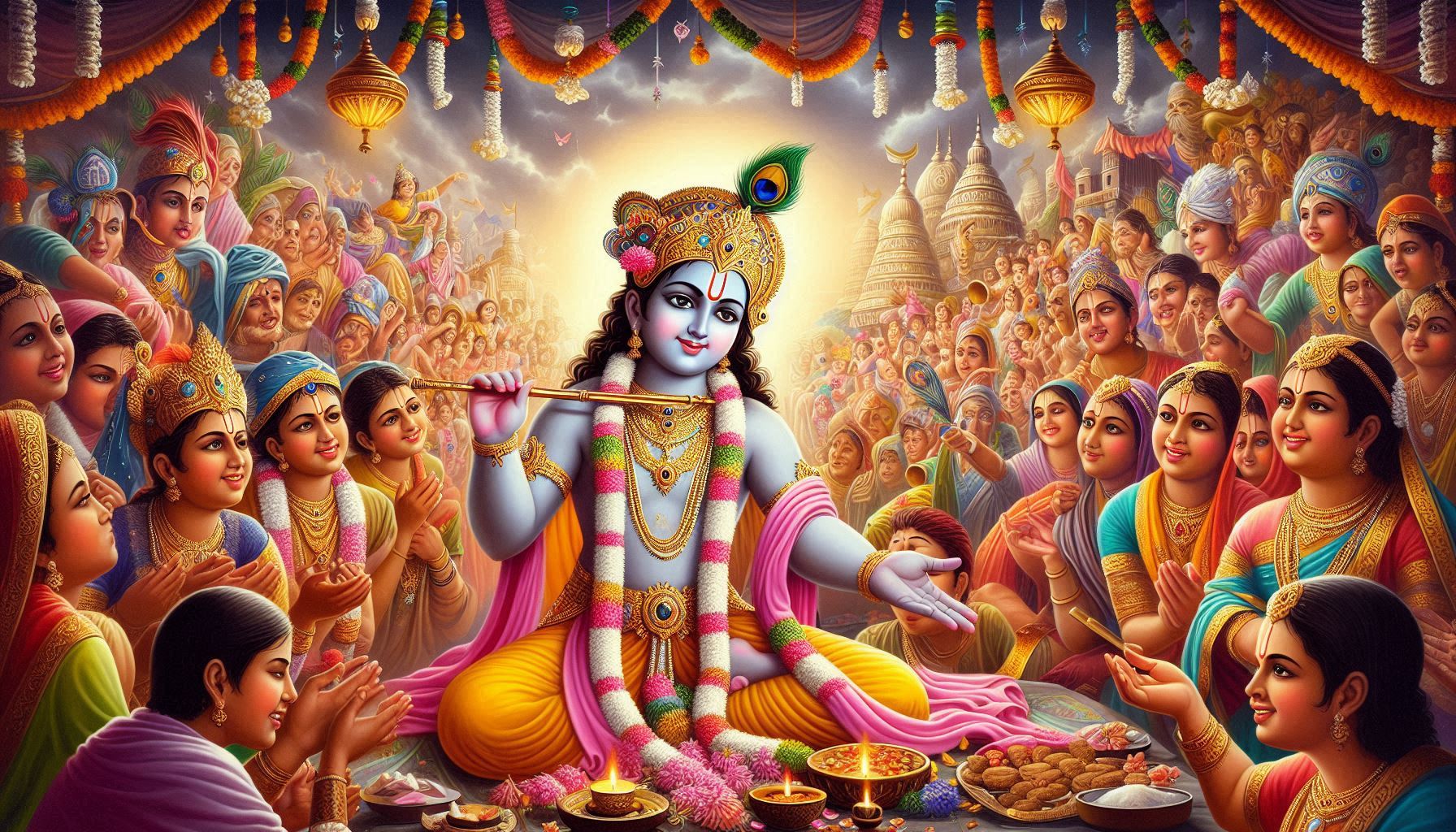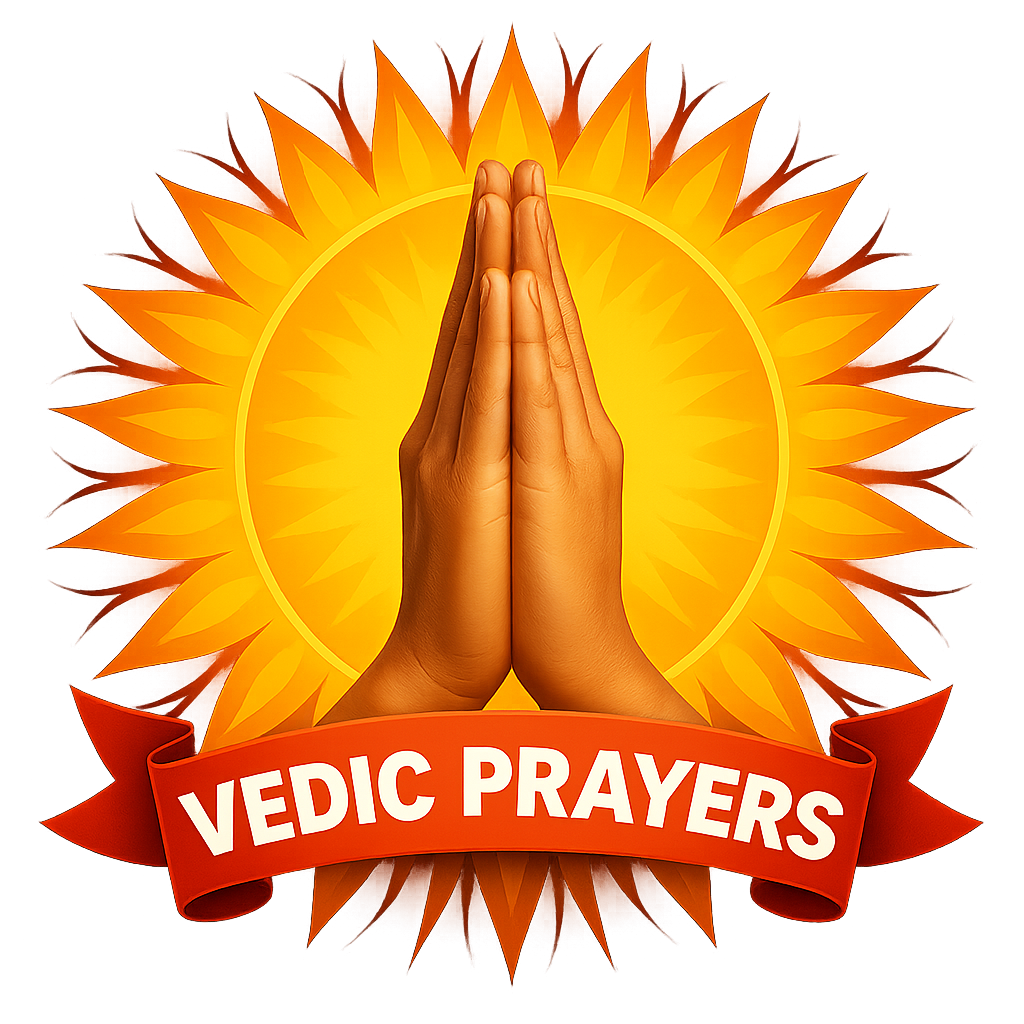
Janmashtami 2024
Janmashtami (also known as Krishna Janmashtami or Gokulashtami) is a major Hindu festival that celebrates the birth of Lord Krishna. Here is detailed information about when, how, and why Janmashtami is observed:
1. When is Janmashtami Celebrated?
- Date: Janmashtami is celebrated on the eighth day (Ashtami) of the Krishna Paksha (dark fortnight) in the Hindu month of Bhadrapada. This usually falls in August or September. The day marks the birth of Lord Krishna, which is believed to have occurred at midnight.
- Time: The main celebration and worship typically occur at midnight, as it is believed that Lord Krishna was born at this time.
- Janmashtami 2024 Date: Janmashtami will be celebrated on 26 August (Monday).
2. Why is Janmashtami Celebrated?
- Birth of Lord Krishna: The festival commemorates the birth of Lord Krishna, who is considered the eighth avatar of Vishnu in Hinduism. Krishna was born in Mathura to Devaki and Vasudeva, under the tyranny of King Kansa, to end adharma (unrighteousness) and restore dharma (righteousness).
- Victory of Dharma: Krishna's birth symbolizes the triumph of good over evil. He guided the Pandavas in the Mahabharata and imparted spiritual wisdom through the Bhagavad Gita, which speaks about duty, devotion, and knowledge.
- Symbol of Love and Devotion: Krishna is revered as a symbol of divine love, devotion, and compassion. His life, including his playful interactions with Radha, the gopis (cowherd girls), and his compassion for the people of Gokul, serves as an inspiration to devotees.
- Spiritual Message: The teachings of Krishna in the Bhagavad Gita provide guidance on various aspects of life and spirituality. Janmashtami serves as a reminder of these teachings and a celebration of Krishna’s divine message.
3. How to Perform Worship and Fasting for Lord Krishna on Janmashtami?
- Fasting (Upavas): On Janmashtami, devotees observe a fast. Some people keep a full fast (without food or water), while others opt for a partial fast, consuming only fruits, milk, and other sattvic (pure) foods. The purpose of the fast is to purify the mind and body.
- Midnight Worship: Devotees gather at temples or at home to perform puja (worship) at midnight, the time believed to be Krishna's birth. Special prayers and hymns (bhajans) are sung, and Krishna's idol or infant form is rocked in a cradle.
- Decorations and Displays: Temples and homes are decorated with flowers, rangoli (colored patterns on the floor), and lights. Elaborate scenes from Krishna's life, called jhankis, are set up to depict his childhood leelas (divine play).
- Dahi Handi: In Maharashtra and other regions, the festival is marked by the Dahi Handi tradition. Young men form human pyramids to break a pot filled with curd, symbolizing Krishna's playful stealing of butter.
- Ras Leela and Dramas: In regions like Uttar Pradesh, especially Mathura and Vrindavan, Ras Leela (dramatic reenactments) of Krishna’s life are performed. These dramas showcase episodes from Krishna's youth.
- Prasad: After the midnight puja, various sweets, fruits, and especially butter (makhan) are offered to Krishna. This prasadam (offering) is then distributed among the devotees.
Janmashtami is a joyful and spiritually significant festival, celebrating Lord Krishna’s divine love and teachings. It offers devotees an opportunity to engage in spiritual practices, uphold dharma, and draw inspiration from Krishna's life.
















